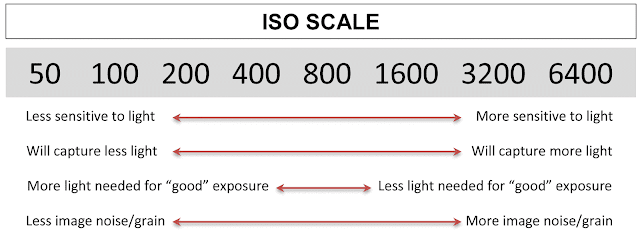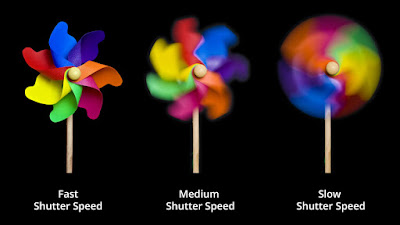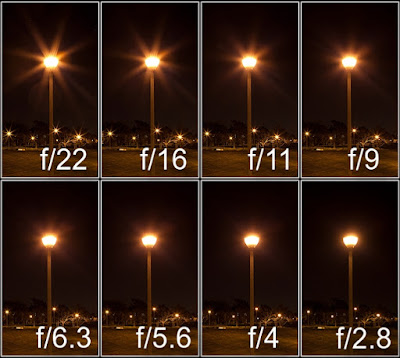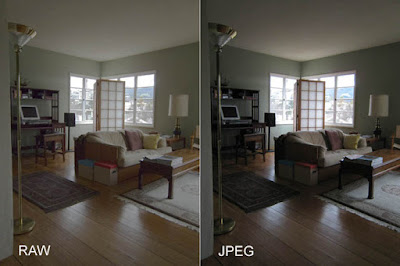Daily Tech Gadgets Feed |
| These simple tips will guide you to take perfect photos in low light conditions Posted: 08 May 2016 08:25 AM PDT Today's cameras are more smarter and they douses themselves very well in lights which makes job simpler for photographer to take photos. But when it comes to a learner you may need to know how to adjust all the factor according to light. Photos can be taken or captured perfectly in the day light if you are professional photographer. But taking in low light and making them specially more impressive is not an easy task to deal. You need to consider all the factor related to light. So here we have brought some simpler tips that will guide you to take incredible pictures in low light. Shutter SpeedIt's an important to know how exposure works in different lighting conditions for perfect photos. To make perfect exposure for shutter speed plays an important role. In day light you should keep the shutter speed faster because the it increases the sharpness of the picture. In day there is light so actually you don't need light, so in faster shutter there will be less light that will be reaching your cameras sensor. So the captured picture will be perfect with respect to light. While in low light you need light so you need to have a slow shutter speed that will help you have more light at sensor so the picture taken in low light will have more light. Aperture SizeTo have more light in a low light conditions you have to open the aperture of the camera's lens to its widest value, which is the smallest 'f-stop' number. A learner photographer can use the aperture-priority mode found in most cameras and then select the smallest f-number the camera lens can reach while if you are trying with smartphone then you don't need to deal with this because smartphone's camera comes with a fixed aperture size. For long exposure shots, make sure you have set a smaller aperture value. ISO Adjusting ISO in with light is little bit tricky task. A lower ISO such 100 would mean your camera is very sensitive too the light so that you can use it in a bright light condition. While in the Lower light conditions you will have to increase the ISO level to 800-1600 so that your camera sensor can have a enough light to have perfect exposure value. RAW ImageA 'RAW image' is the photo produced by a camera before any post-processing is applied. A RAW image file captures far more details as compared to the compressed JPEG files that cameras produce. The images shot in RAW format can be processed in different ways as per the photographer's convenience. For instance, the user can bring more detailing to the underexposed areas of a photograph, which is essential for low light photography. Almost all popular DSLR cameras support RAW image capture. FocusYou also need to make sure your camera is focusing on the right thing. On a smartphone it's easy - you can leave it to find a focus point automatically or tap an object on the screen. Regular cameras are trickier because there are three main modes: (1) Automatic focus point selection: here, the camera picks a focus point automatically, usually picking the object nearest the camera - it's quick and simple, but doesn't always focus on what you want. (2) Manual focus point selection: you move the focus point around the frame yourself, just like tapping the screen on a smartphone - it's more precise, but you won't always have time. (3) Continuous auto focus: here, the camera focuses continually all the time you're half-pressing the shutter release - you're photographing moving subjects, this is the one you need. Stabilization It's so much easier to get great shots in low light these days, thanks partly to better sensors and higher ISO settings, and partly to image stabilizers. But image stabilizers have an important limitation, whether they're built into the lens or the camera body itself. Image stabilizers are very good at reducing camera movement, and it's often possible to shoot handheld using shutter speeds far lower than any you would attempt normally (1/4sec instead of 1/60sec, for example), but the length of the exposure stays the same, and image stabilizers can't stop blur caused by your subject moving. As you can see in smartphones Apple have provided better image stabilization and even in video even in works. |
| You are subscribed to email updates from Daily Tech,Gadgets Feed. To stop receiving these emails, you may unsubscribe now. | Email delivery powered by Google |
| Google Inc., 1600 Amphitheatre Parkway, Mountain View, CA 94043, United States | |




No comments:
Post a Comment